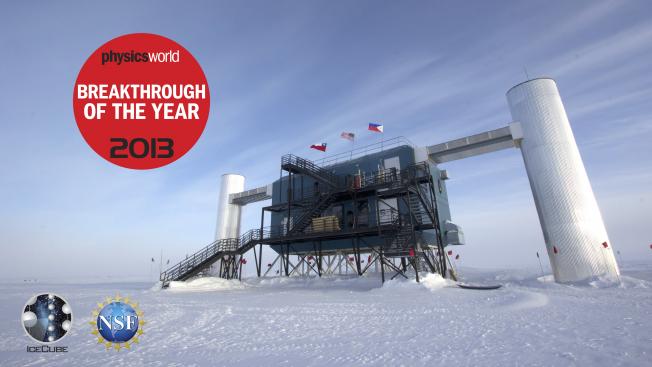Cosmic ray spectrum and composition from PeV to EeV using 3 years of data from IceTop and IceCube
PHYSICAL REVIEW D 100:8 (2019) ARTN 082002
Efficient propagation of systematic uncertainties from calibration to analysis with the SnowStorm method in IceCube
Journal of Cosmology and Astroparticle Physics IOP Publishing 2019:10 (2019) 048-048
Reconstructing the EFT of inflation from cosmological data
SciPost Physics SciPost 7:4 (2019) 49
Abstract:
Reconstructions of the primordial power spectrum (PPS) of curvature perturbations from cosmic microwave background anisotropies and large-scale structure data suggest that the usually assumed power-law PPS has localised features (up to $\sim 10\%$ in amplitude), although of only marginal significance in the framework of $\Lambda$CDM cosmology. On the other hand if the underlying cosmology is assumed to be Einstein-de Sitter, larger features in the PPS (up to $\sim 20\%$) are required to accurately fit the observed acoustic peaks. Within the context of single clock inflation, we show that any given reconstruction of the PPS can be mapped on to functional parameters of the underlying effective theory of the adiabatic mode within a 2nd-order formalism, provided the best fit fractional change of the PPS, $\Delta\mathcal{P}_\mathcal{R}/\mathcal{P}_\mathcal{R}$ is such that $(\Delta\mathcal{P}_\mathcal{R}/\mathcal{P}_\mathcal{R})^3$ falls within the $1\,\sigma$ confidence interval of the reconstruction for features induced by variations of either the sound speed $c_\mathrm{s}$ or the slow-roll parameter $\epsilon$. Although there is a degeneracy amongst these functional parameters (and the models that project onto them), we can identify simple representative inflationary models that yield such features in the PPS. Thus we provide a dictionary (more accurately, a thesaurus) to go from observational data, via the reconstructed PPS, to models that reproduce them to per cent level precision.Self-testing quantum systems of arbitrary local dimension with minimal number of measurements
ArXiv 1909.12722 (2019)
Investigation of Two Fermi-LAT Gamma-Ray Blazars Coincident with High-energy Neutrinos Detected by IceCube
ASTROPHYSICAL JOURNAL 880:2 (2019) ARTN 103



